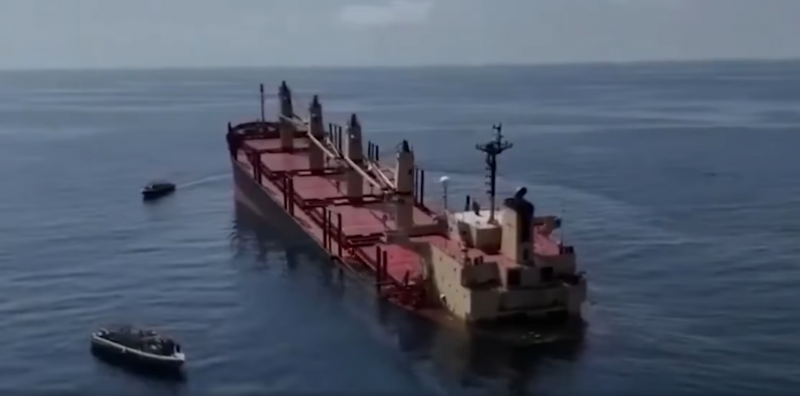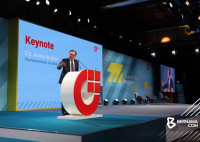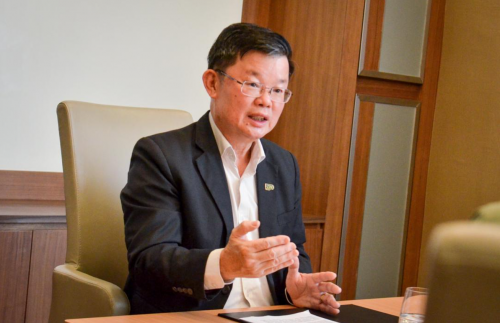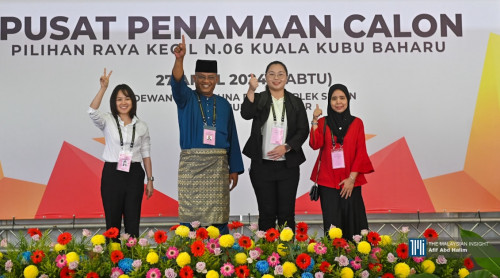WHEN THE Yemen-based Houthis started attacking commercial vessels in the Red Sea, the crisis brought to light the vulnerability of global trade chokepoints.
It re-emphasises just how susceptible the global supply chain is to disruptions. In a highly connected and integrated global economy, a disruption in one location can easily cause a ripple effect that rapidly spreads to the rest of the world.
Setting up smaller manufacturing hubs within a region rather than just a few main ones offers one solution for supply chain disruptions and avoiding bottlenecks. Diversifying trading partners with a focus on intra-region trade is another.
For instance, Southeast Asian countries haven’t been badly affected by the Red Sea attacks as they maintain a healthy trade exchange between themselves and Far East and Indo-Pacific partners. They are not too dependent on the West.
The Red Sea connects two primary chokepoints from the Suez Canal to the Bab el-Mandeb Strait and is one of the busiest maritime routes in the world. Its strategic location allows liquefied natural gas and oil transportation and is the fastest container transit between Asia and Europe.
According to the United Nations Conference on Trade and Development (UNCTAD), the crisis caused an almost 70% drop in container ship transits, a more than 40% reduction in trade volumes via the Suez, and a nearly three times surge in average container shipping spot rates from China to Europe.
Several businesses such as Ikea and Tesla have been significantly affected, while others are preparing mitigation measures. Major shipping lines such as Maersk, Hapag-Lloyd and MSC have diverted by sailing around the Cape of Good Hope instead.
The longer shipping time and distances have consumed more fuel, with this increased cost passed on to consumers, exacerbating inflation and delays in the deliveries.
Some other shipping lines have resorted to creative dodging tactics. While these measures have been temporary, they are unsustainable should the crisis persist.
In light of previous shipping disruptions such as the 2023 Panama Canal drought, the 2021 Ever Given Suez Canal blockage, the Covid-19 pandemic, and the 2016 Hanjin Shipping bankruptcy, it is important to revisit the global supply chain strategy.
Post-globalisation has led to logistics consolidation and centralisation of manufacturing sites to exploit economies of scale. Container ships that have grown from an initial 500-800 TEUs (twenty-foot equivalent units) to an enormous capacity of 24,000 TEUs to reduce the cost per container pose operational challenges and commercial risks.
What can be done?
As the risk amplifies, supply chains must, therefore, go beyond lean to become more agile, given the increasing complexity and sensitivity to external shocks, according to Ernst & Young LLP.
If the global supply chain is about to reach a tipping point, there is a question about what can be done.
One possible solution is decentralising global manufacturing by establishing multiple smaller regional manufacturing sites catering to nearby markets. Establishing multiple manufacturing bases across strategic locations allows backup sourcing and helps diversify risk arising from any affected location.

One company doing this is Chicago-based Mondelēz International, a snacks multinational, which operates a network of manufacturing facilities and distribution centres across every region, duplicating the network in each country in which the company operates.
Another possibility is to geographically diversify distribution centres by creating more independent, local, and region-specific hubs.
This reduces concentration on a single global location and dependency on long-haul transportation. Short-haul transport allows faster turnaround times and more distribution centres provide inventory buffers, insulating global disruptions.
Businesses can also leverage dual or multi-sources by increasing the supply base to switch sourcing to a secondary supplier in an unaffected location in case of stoppages in the primary supply.
Alternatively, co-location of the supply chain can reduce international logistics costs and delivery lead time.
Businesses, too, can be flexible using alternative transportation modes, such as rail or air freight. Air and rail are significantly faster than ocean freight and more reliable and predictable.
While they are more expensive and have a cargo capacity constraint, a combination of different modes (e.g., ocean and rail) can be considered to rationalise the overall speed and cost.
Digitalisation and adopting emerging technologies in supply chains, such as generative artificial intelligence and quantum computing, can offer increased visibility and enhanced scenario prediction and foster rapid but accurate decision-making in response to disruptions.
This research revealed how companies such as Unilever and Siemens leverage artificial intelligence to scrape website data for alternative supply sources to rapidly fulfil material shortages. These technologies will continue to be the catalyst to ensure supply chain resiliency.
Choices for Asean countries
Malaysia, Singapore and Thailand are still somewhat insulated from the primary effects and for now limited only to logistics (i.e., soaring container rates and shipment delays).
A much smaller number of companies in the Philippines responded that their trade with Europe had been significantly affected by the Red Sea crisis. They report a seven to 20-day delay in import shipments which may lead to reductions in production capacity.
Southeast Asia’s trade with the European Union ranks third after intra-Asean and China. Therefore, what buffers the effect is the robust Southeast Asian intra-regional trade and the opportunity to divert trade to their neighbouring countries (e.g., Australia, China, Japan, Korea, and New Zealand), thus reducing dependency on the Red Sea shipping lane.
Prior to the crisis, Malaysia increased its exports to China when the European Union introduced new rules impacting palm oil. However, a prolonged crisis is definitely a cause for concern about secondary effects (inflation and goods shortages) that can have a broader impact on the economy.
In fact, Southeast Asia could benefit. Air freight volumes have surged by 62% in Vietnam. Shipping detours have increased demand for Singapore’s bunker fuel.
And with the electric vehicle (EV) supply chain significantly disrupted, the crisis reiterates Southeast Asia as an attractive global manufacturing and outsourcing hub as a long-term solution.
While the Red Sea crisis exposed the fragility of the global supply chain, unprecedented disruptions do not usually last forever but may present an opportunity for long-term shifts in the existing business models. – 360info, March 11, 2024
Andrei O. J. Kwok is a senior lecturer and director of Graduate Coursework Studies, Department of Management, School of Business, Monash University Malaysia.
Published under Creative Commons and in partnership with 360info.org.







_pic._Credits_Unsplash_licence..png)













